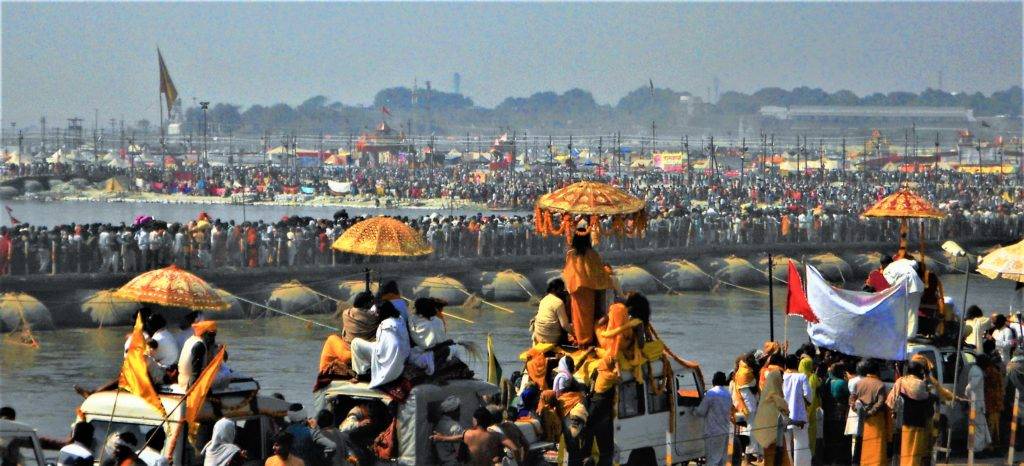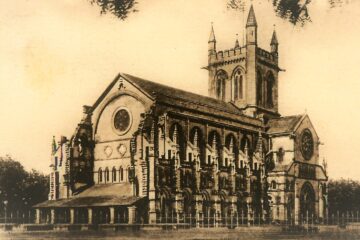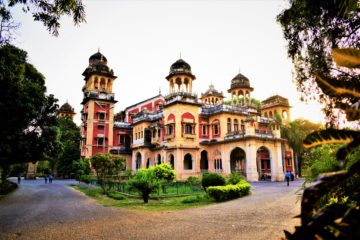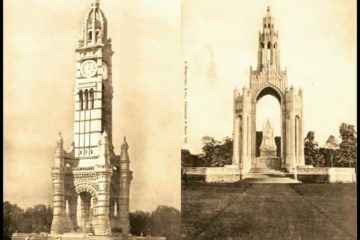Ethos of Allahabad: Ancient to Modern…
Published by admin on
“ Ae Allahabad ae – jaulanghe gango jaman,
Tera daman teen tirbeni ki hai ek anjuman”
Written by : Dr. Pallavi Chandel,
Author & Educationist
As it has been rightly put forward, Allahabad, a city known for the confluence of three rivers Ganga, Jamuna and the invisible Saraswati has been in the occupation of a civilized race long before the first beginnings of authentic history. While its contemporaries in the pre –historic age are now gone forever like Ninevah, Babylon, Thebes and Memphis, Allahabad known as Prayag during ancient times stands like the Indraprashtha of the Mahabharata where it did five thousand years ago. The Puranas pay glowing tributes to the city of Prayag, it was here that the Lord Brahma performed many sacrifices, subsequently it became a land of great sacrifices and came to be referred to as the Holy of the Holiest, the Tirthraj in Hindu Mythology. The name of Prayag is also mentioned in the Ramayana where we are told that it was here that Bharat followed his wondering brothers Lord Rama and Lakshman and his sister – in –law Sita bound for the South. He met them at the hermitage of Rishi Bhardwaja which overlooked the confluence of the three rivers and tried to convince them to return to Ayodhaya. Prayaga also figures in the records of ancient Chinese travelers Fa-Hein and Hiuen Tsang who visited in the 5th and 7th century BCE respectively. It was at the Sangam of the three rivers that King Harsha of Kanuaj held his great assembly to distribute his accumulated treasures to the poor and needy as well as to the religious of all denominations. Prayag developed as Allahabad under the reign of Akbar and gained political importance but did not lose its religious value. Akbar laid the foundation of an imperial city and constructed a fort on the banks of the Yamuna, which he called “Ilahabas”, the new city became a favorite place of pilgrimage under Akbar’s tolerant rule. The city grew rapidly and before the end of Akbar’s reign it was a place of considerable size. However, the city became the scene of civil strife during the reign of later Mughals. The city witnessed the signing of the historical agreement between the Mughal Emperor Shah Alam and the British East India Company in 1765, which gave the British the Diwani rights of Bihar, Bengal and Orissa. Nothing further of importance happened till the War of Independence in 1857. Allahabad played a significant role in the uprising; the rebellion in Allahabad was led by Maulvi Liaqat Ali. Once the British East India Company suppressed the rebellion, Allahabad was re-planned and rebuilt in 1858. It became the capital of the United Provinces and a seat of power under the British Government. Allahabad contributed even towards the Freedom Struggle, Anand Bhawan, the residence of Pandit Jawahar Lal Nehru being the centre of all activities
It was in December, 1873, that Lord Northbrook the then Viceroy of India, laid the foundation of the Central College in Allahabad that later transformed into the University of Allahabad thus fulfilling the cherished dream of the citizens of the Allahabad of having an institution of learning. The University has progressed well, its contributions are noteworthy and it has churned out an array of intellectuals, authors, writers, poets, bureaucrats, leaders, artists, politicians etc. Few of its eminent and distinguished personalities are A.N. Jha, Dr. Tarachand, Moti Lal Nehru, Acharya Narendra Dev, K.N. Katju, Harivansh Rai Bachhan, Firaq Gorakhpuri, Mahadevi Verma, Bhagwati Chandra Verma, Dharam Veer Bharati, Kamleshwar, Chandrashekhar, Vishwanath Pratap Singh, S.C. Zamir, Justice R. K. Verma etc and among the contemporaries are Neeraj Roy, Tigmanshu Dhulia, Vikas Swaroop, Pankaj Mishra, Mukqtar Abbas Naqvi and many more.
The landscape of the city are as alluring as its history, some of the most prominent monuments are the Akbar Fort an exquisite specimen of the Mughal architecture, the grand and magnificent mausoleums of Prince Khusrav , his mother and sister at Khusrobagh, yet another example of Mughal craftsmanship is the Shahi Mosque, the Thomas Mayne Memorial which houses the public library reflects the gothic style of architecture and was built to commemorate the friendship of Thomas the Commissioner and Mayne the Collector of Allahabad during the British period, the Mayo Hall constructed in the memory of Lord Mayo, the Viceroy, demonstrates neo – gothic style of architecture and was used to organize public meetings, gatherings etc., the All Saints Cathedral, a rich example of colonial structure is considered as the pride of the city while the Allahabad High Court , truly amplifies the grandeur of the city.
Allahabad is also known for its varied variety, taste and fragrance of Guavas, the Guavas have a huge demand both in national and international market. The city also boasts of a rich cuisine and its food is as diverse as its population. Right from jalebi, kachori, imarti chaat and mithai, the city is a delight for the food connoisseurs.
The city exhibits not only the confluence of rivers but is truly indicative of the Ganga – Jamuni tehjeeb or the intermingling of two different cultures and traditions, that of the Hindus and Muslims. The city is also a centre of Sufi traditions and even today seven daayras (schools of Sufi thought) still exist. The city reflects a cosmopolitan culture, wherein you can find Kashmiris, Bengalis, Sikhs, Marathis , Gujratis and Anglo – Indian community. The citizenry of Allahabad feels proud of rich cultural heritage and traditions.




0 Comments